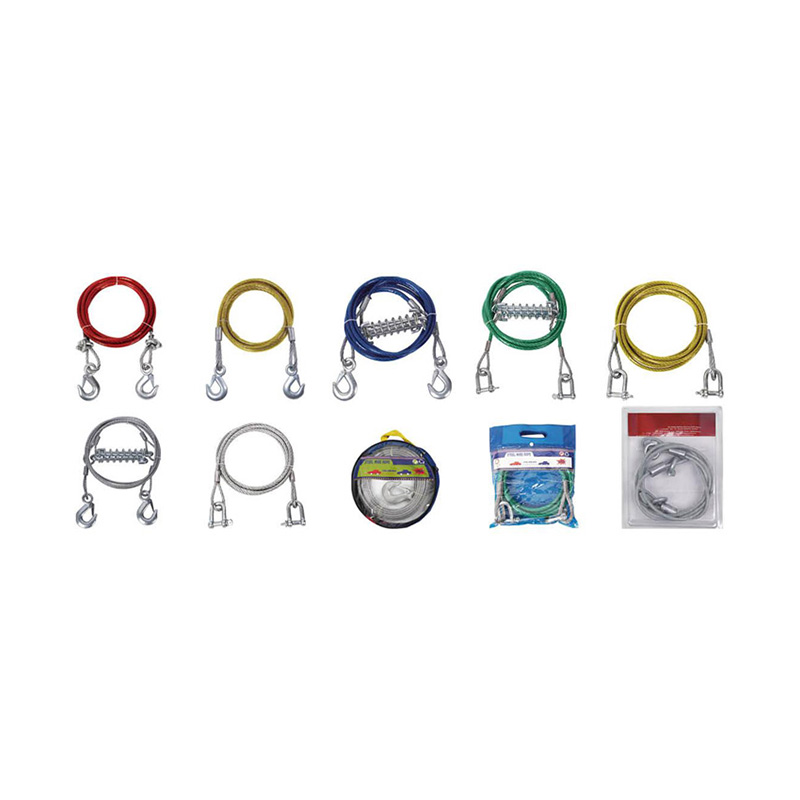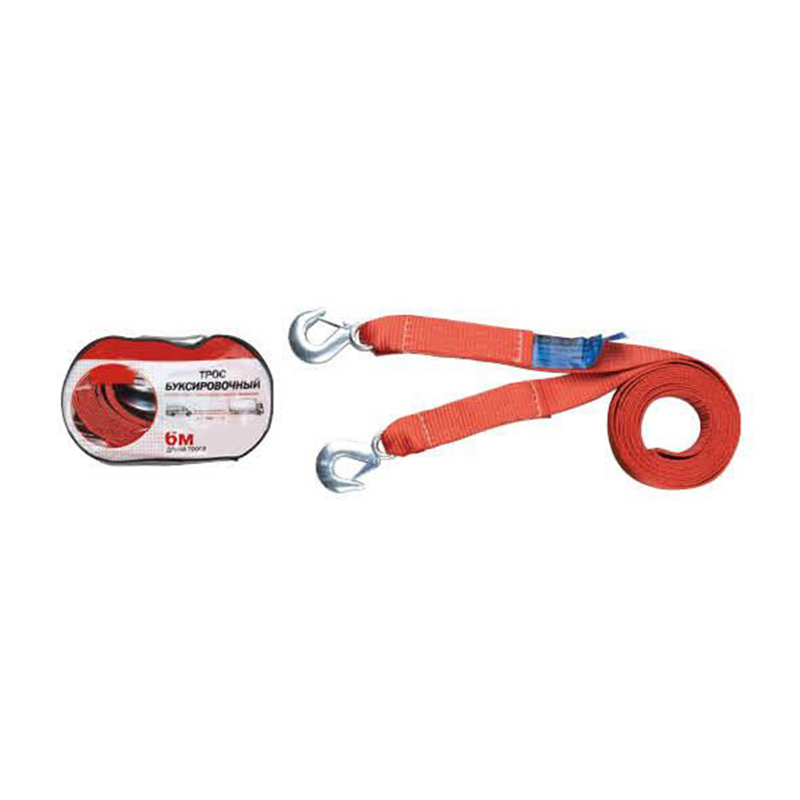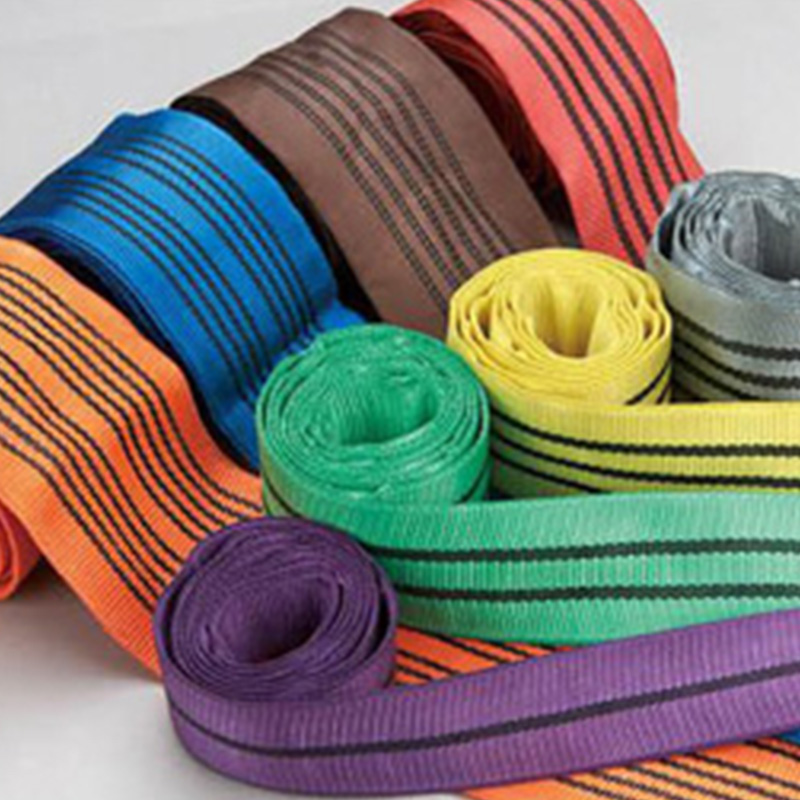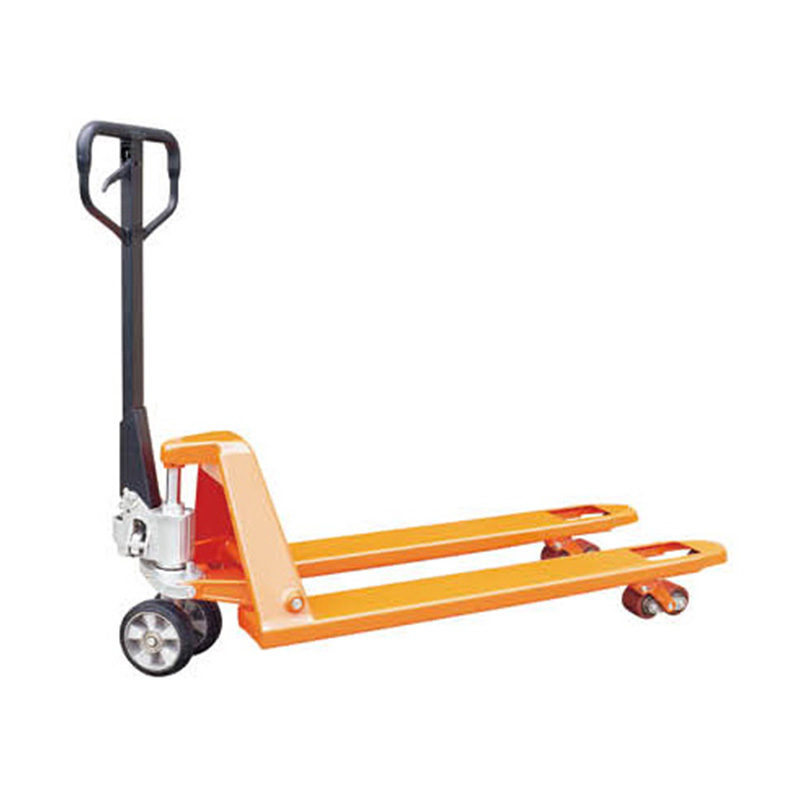Search by posts
Product category
Industry News
 By Admin
By Admin
How does the universal ratchet strap achieve dynamic load-bearing capacity ranging from 100 to 750kg?
Dynamic load-bearing technology: How to achieve free switching between 100kg and 750kg?
The revolutionary design of this universal ratchet strap lies in its innovative adjustable load-bearing system, which achieves intelligent adjustment of the load-bearing range through three core technologies:
The core regulatory mechanisms include:
Multi-level ratchet locking mechanism: It adopts a 12-tooth high-precision planetary gear set manufactured by Seiko. Each tooth is precisely milled and formed by a CNC five-axis machining center, with a tooth surface hardness of HRC60 and special polishing treatment. The gear set adopts a dual pawl locking design, with the main pawl responsible for conventional load locking and the auxiliary pawl serving as a safety backup to ensure reliable locking at any angle. The innovative progressive torque distribution mechanism allows each gear adjustment to precisely increase the load capacity by 50kg (with an error of ±2kg), with 12 gears covering the full range from 100kg to 750kg. The gearbox adopts an aviation-grade aluminum alloy housing, filled with special lubricating grease, ensuring smooth operation in an environment ranging from -40℃ to 80℃.
Dynamic Tension Sensing Webbing: The webbing is embedded with a Micro-Measurements® strain sensor array produced by TE Connectivity, USA, evenly distributed at a spacing of 5cm, integrating a total of 18 high-sensitivity sensing units. The sensors are manufactured using MEMS technology, achieving a measurement accuracy of ±0.5%FS. Real-time tension data is transmitted to the handle display via Bluetooth 5.0. An intelligent algorithm automatically compensates for temperature drift and webbing creep effects, ensuring full-range measurement accuracy. The webbing surface is equipped with an OLED flexible display, visually displaying the current tension value (50kg scale) in the form of numbers and color gradient bars, and recording peak load data for user traceability.
Intelligent Overload Protection System: An active protection device developed based on German Bosch pressure sensing technology. When the system detects that the actual load exceeds the set value by 10%, the central processor will trigger the electromagnetic release mechanism within 50ms. The protection action is divided into three levels of response: first, a warning is given through a vibration motor and a flashing red LED; if the load does not decrease within 3 seconds, it will automatically release 1/4 turn to release some tension; if the overload continues, it will fully unlock and emit a 90dB alarm sound. The system adopts a dual redundancy design, with the main control chip and backup MCU mutually verifying each other, achieving a fault self-checking rate of 99.99%. All protection action data will be recorded in a black box, which can be exported and analyzed through a USB interface, providing a basis for accident investigation.
The core competitiveness of the product lies in its composite webbing technology, which employs a five-layer composite structure:
Surface wear-resistant layer: Made of polyurethane material imported from Germany, it forms a 0.5mm thick protective layer through precise coating technology. The laboratory Taber wear test shows that it achieves 8000 cycles without significant wear (ISO 5470 standard). This coating not only has excellent wear resistance but also possesses self-cleaning properties, with a surface contact angle of 110°, effectively preventing stains from penetrating. The specially formulated UV-resistant additives ensure that the coating does not age or crack during long-term outdoor use, maintaining stable performance under various climatic conditions.
Main load-bearing layer: Made of carefully selected 1680D ultra-high-density polyester fiber, with a single fiber tensile strength of 8g/D, it is woven into a flat webbing structure through a special twisting process. Tested by a third-party testing agency, the webbing with a width of 25mm can achieve a breaking strength of 800kg (EN 12195-2 standard), with an elongation rate controlled within 3%. The fiber surface undergoes plasma treatment to enhance its bonding strength with the coating, preventing delamination during use. This layer also incorporates special anti-static treatment to avoid generating electrostatic sparks due to friction during transportation.
Shear-resistant layer: This layer is a three-dimensional mesh structure woven from American DuPont Kevlar fibers, utilizing a 0°/90° vertical and horizontal interlacing process, with a mesh density of 36 meshes per square centimeter. This design enables the product to effectively disperse shear stress when subjected to lateral forces, preventing local tearing of the webbing. Test data shows that the shear resistance of the product increases by 300% after the addition of this layer, and it can withstand continuous pressure from sharp-edged objects with a diameter of 5mm without damage.
Buffer layer: The innovative 3D braided structure is made of hollow tubular fibers and high-elasticity TPE material, achieving an energy absorption rate of up to 85%. In dynamic load testing, this structure effectively absorbs instantaneous impacts, reducing peak loads by 40%. Its unique memory rebound characteristic ensures that the original buffering performance is maintained even after repeated use, with performance degradation not exceeding 5% after 5000 cycles of testing.
Identification layer: Warning stripes made of 3M Diamond Grade reflective material, with a reflective intensity of 500cd/lx/m² and a visible distance of up to 300 meters. The load-bearing scale markings are laser etched with an accuracy of ±1mm, ensuring they never fade. This layer also contains a special fluorescent indicator, allowing for quick positioning of the strap with a UV lamp in dark environments. All identifications comply with ISO 17751 road traffic safety standards, ensuring visible safety during nighttime operations.
 English
English Español
Español عربى
عربى




